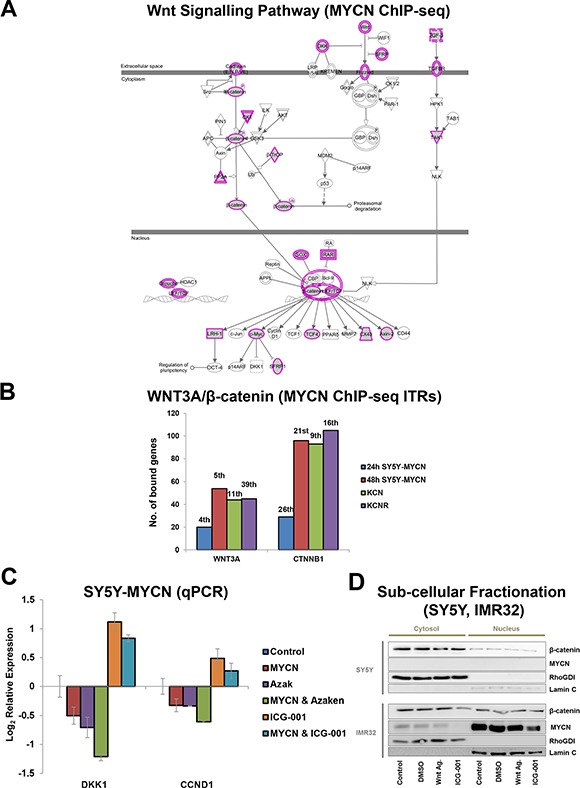Figure 4. MYCN binds to genes of Wnt/β-catenin pathway components and their target genes.

(A) Wnt/β-catenin signalling pathway components genomically bound by MYCN as detected by MYCN ChIP-seq. Wnt/β-catenin pathway view with MYCN bound genes shaded grey with a pink outline. Single genes have a single pink line, while components representing gene families have a double pink line. (B) Number of genes bound by MYCN (ChIP-seq) contributing to WNT3A and β-catenin (CTNNB1) being predicted ITRs of the MYCNs genomic targets. Rank position (e.g. 1st) based on p-value of overlap, out of all ITRs identified from each time-point is shown above bars. (C) Effect on DKK1 and CCND1 mRNA levels of MYCN overexpression alone (48 h) or in combination with Wnt inhibition (48 h 9 μM ICG-001) or Wnt activation (24 h 1 μM Azaken), in low and high MYCN settings. (D) Sub-cellular fractionation showing nuclear and cytosolic localisation patterns of β-catenin and MYCN proteins in SY5Y and IMR32 cells. Cystosolic control RhoGDI and nuclear control Lamin C proteins are also shown. Experimental conditions were untreated control cells, or 3 h 1 μl/ml DMSO vehicle control, 1 μM Wnt Agonist 1 or 18 μM ICG-001 treated cells.
